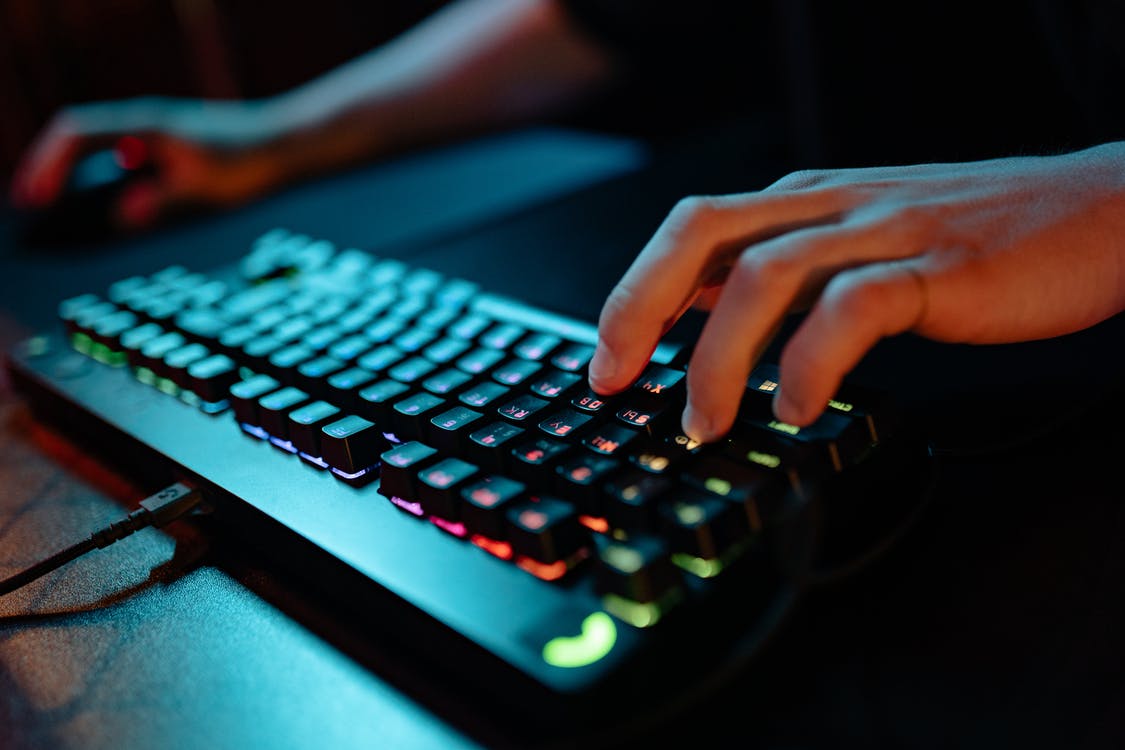
Think of the last time you entered a brick-and-mortar casino. You probably remember glowing slot machines, labyrinthine design with long, winding corridors, and minimal windows or clocks. That design strategy is deliberate. It’s there to entice you into the casino and get you playing the games, and more times than not, it’ll work.
But with the pandemic limiting access to these land-based institutions, the online casino industry has had to double down on its digital design instead. Now, the online gambling market in the United States is worth big bucks – in 2020, it was valued at US $2.18 billion, and is only set to grow on a yearly basis. Design plays a big role in keeping this audience engaged.
What can the online casino industry demonstrate about design?
Navigation
It’s essential that online players are able to navigate the sites easily, otherwise they’ll bounce away. They’re there to enjoy themselves, so the interface needs to be manageable and not involve sending players down an endless web of clicks. The same is true for any site, in fact.
Ensuring that all of the options are as visible as possible is a good way to start, or they could be grouped by categories including ‘new releases’, ‘top rated’, ‘most popular’, and so on. The home page – as the first landing page that players will see – needs to be particularly appealing, and should direct players easily to the pages they wish to visit (in the case of casinos, this likely means their preferred games).
It’s all about consistency. If the interface feels familiar and intuitive, players are more likely to stick around. ‘Call to action’ buttons need to be distinguished from background color, and it helps if there’s uniformity with text size, font, and theme, too.
Aesthetics
Any slot game with a bright and lively design is far more likely to attract players than dull, flat, or undynamic interfaces – as is the case elsewhere online, too. Eye-catching design is essential, and whilst big, bold colors are attractive, you need them to not be off-putting. Sticking to three or four main tones can help to reduce a sense of overwhelm.
Symbols that are most associated with slot machines tend to be fruit symbols, which work with bright lights and bold sounds in order to create a visually pleasing online experience. The gamification of lights and sounds can also help to keep players playing. It establishes a sense of immersion and can even trigger dopamine responses. After all, even though they can’t access the glitz and glamor of land-based casinos, gamblers are still there for the thrill of it. Again, it’s about treading the line, as any overly aggressive audio can be off-putting.
It can also help if both the different games have an animated icon, and when a website has a familiar and visible logo or mascot. This helps to instil a sense of familiarity in players, and will cultivate a brand loyalty, helping with customer retention. Other sites operating in other industries can follow this example, too.
Compatibility with different devices
If a website or game won’t work without glitches or compromise to design on different devices, it’s going to struggle to either attract new audiences or re-engage players. Optimization for different mobile and smart devices is essential, particularly as internet users expect on-the-go options.
This is just as true for the gambling and gaming community as it is for everyone else. In fact, the number of minutes spent online on mobile devices overtook desktop ones as far as back as 2014 – and the gap has only widened since. Last year, Statista reported that people spent almost four times the minutes online on a mobile device than they did on a desktop one.
As such, website designers can take a leaf out of the book of online casino operators by ensuring that their domain is mobile-ready at all times. Otherwise, they’ll risk missing out on a significant chunk of internet users.

